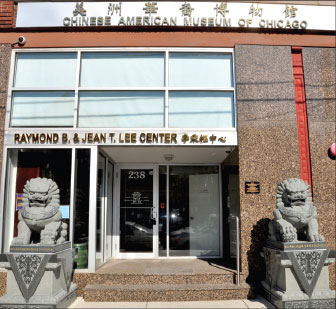A thriving kind of Chinatown, Chicago has
Updated: 2016-06-17 10:44
By Willtam Hennelly in New York and Jian Ping in Chicago(China Daily USA)
|
||||||||
The city's second Chinatown has endured on the South Side since 1912, and with a new public library and strong civic sociations, the neighborhood shows no signs of fading, Willtam Hennelly in New York and Jian Ping in Chicago report.
To Soo Lon Moy, it was only natural that Chicago have a museum that celebrated the Chinese immigrant experience in the US Midwest.
"We have Chinese-American museums on the East Coast and on the West Coast. We're the only one to tell the immigration story in the Midwest," said Moy, the interim executive director of the Chinese-American Museum of Chicago (CAMOC) and its board chairwoman.
Moy, who said her surname is prominent in Chicago but rare in China, witnessed life in the neighborhood for decades as a bilingual teacher.
She was born in the Taishan region of Guangdong province, but Moy has the unmistakably earnest accent of the Windy City. She spent some time as a child in Hong Kong before the family relocated in stages to Chicago.
The museum opened to the public on May 21, 2005. After a devastating fire in September 2008, the source of which Moy said was undetermined, the museum was closed for a gut renovation and reopened in 2010.
The museum is located on West 23rd Street, in a building that was formerly the Quong Yick Co grocery store. It is named for Raymond B and Jean T. Lee Center.
Lee is a local neighborhood leader and successful businessman who moved to Chinatown in 1950. He also helped build the popular Chinatown Square, an outdoor mall that opened in 1993,
"Make sure, when you walk down Wentworth, to turn left, not right. Because right is a (non-Chinese) neighborhood, and they pick on us. Go left and that's China, basically," Lee said, in describing the first advice he received in the neighborhood, according to a 2013 Chicago Tribune story.
Lee once lived with his father on the third floor of the current museum building when it was a grocery, the paper said.
"Raymond Lee bought the building for $660,000 and gave it to the museum with the stipulation that we open in one year. We opened in May 2005 with the first exhibition, Paper Sons!" Moy exclaimed. "And the rest is history."
Moy told how a group of young people from the neighborhood were trained to conduct an excavation of what is now the museum's parking lot.
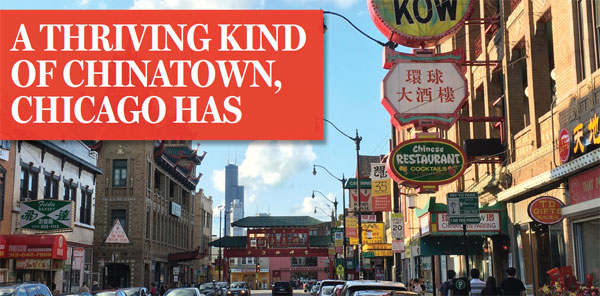
"We were afraid that they may have unearthed something that Al Capone left," she joked. "They found coins, pottery, pork bones, so we had an exhibition about that."
"We're very small potatoes compared to the Field Museum. In fact, my husband and I are docents for the Terracotta Warriors exhibit (at the Field until January 2017)," where Moy is a volunteer.
"I've been to Xi'an, and we were in the pits where the excavation (of the Terracotta Soldiers) was," Moy told China Daily.
The museum is a mainstay in a neighborhood that saw its population increase 24 percent between 2000 and 2010. Asians make up nearly 90 percent of Chinatown's population, according to 2010 US Census data.
Between 2009 and 2013, the Bridgeport neighborhood's Asian-American population grew from 26 percent to 35 percent; McKinley Park's went from under 8 percent to 17 percent, according to an analysis of Census data, the Chicago Tribune reported.
The heart of Chicago Chinatown sits between West Cermak Road and South Wentworth Avenue on the South Side. Formed in 1912, it is considered the United States' second-oldest Chinatown after San Francisco's.
The current Chinatown emerged after the original Chinatown on the South Loop, which dated to the 1860s, literally picked up and moved due to rising rents and discrimination.
In an effort to escape anti-Chinese violence on the West Coast, the first Chinese began arriving in Chicago in 1869 after the Transcontinental Railroad was built. They settled along Clark Street between Van Buren and Harrison streets.
In 1912, the Chinese living in that area began moving south to Armour Square. Besides rents and discrimination, historians have argued that a high non-Chinese crime rate and disagreements between the two associations ("tongs") in the community, the Hip Sing Tong and the On Leong Tong, were behind the migration.
The move was led by the On Leong Merchants Association, which in 1912 constructed a building on Cermak Avenue that would house 15 stores, 30 apartments and the association headquarters.
"Chicago is a city of neighborhoods. Chinatown has somehow survived," Darryl Tom, the president of the Chicago Chinatown Chamber of Commerce, told China Daily.
|
The Chinese-American Museum of Chicago in Chinatown opened in 2005 but had to close after a fi re in 2008. The museum reopened in 2010. David K.Lee |
Tom said the Chinatown Chamber of Commerce represents "roughly around 300 different organizations in the Chicago Chinatown commercial district. We have 180 members 60 to 70 restaurants. Ten banks, a few grocery stores, a few shops.
"My grandfather came to Chicago in about 1910," said Tom, at a time when most of the immigrants were Cantonese-speaking. But that is changing.
Tom also noted that the University of Illinois in Champaign-Urbana has the largest overseas Chinese student population in the US.
"You can tell by the restaurants that opened up, used to be mostly Cantonese. Now it's a mix, more Northern style."
One restaurant that hasn't changed is Won Kow (pictured) on Wentoworth.
Won Kow was built in 1928 by a restaurateur also named Moy.
As the Tribune described it: "Guardian lions, also known as fu dogs, are carved into the building's facade. But nowadays, a dragon perched atop a nearby lamppost looks as if it's taunting them with a red ball."
The restaurant has changed hands twice, says proprietor David Hoy, whose family took it over in 1991. Longtime customers still favor the chow mein and chop suey.
Peter Huey, Hoy's uncle, worked at the restaurant as a waiter not long after he came to the US in 1950.
Legend has it that Capone liked to sit at a table in the restaurant's far northwest corner, Hoy said.
In 2015, the Chicago Metropolitan Agency for Planning released its Chinatown Community Vision Plan to preserve Chinatown's cultural identity by improving public education and senior care, bolstering transit infrastructure and creating more parks.
The 112-page report, the result of a survey (in English and Chinese) of 1,300 residents, detailed eight areas of focus for improving Chinatown: safety, transportation and circulation, residential community, economic development, education and workforce, parks and public spaces, future development and long-term capacity building.
In August, the city opened a two-story, $19.1 million branch of the Chicago Public Library (see story below) on South Wentworth.
Chinatown is proud of Ping Tom Memorial Park on the banks of the Chicago River. The 17-acre park is named in memory of a Chinatown businessman who pushed for the park's dedication. Chinatown had lost its only parks in 1962, with the construction of the Dan Ryan Expressway.
In 2013, Mayor Rahm Emanuel officially opened the Ping Tom Memorial Park Fieldhouse, a 30,000 square-foot facility with a gymnasium, natatorium, fitness center, and meeting rooms. That same year, the park also saw the opening of the first of three boathouses on the Chicago River.
"The Park District fieldhouse, the story behind that is back when the Dan Ryan Expressway was built in the 1960s, there used to be a park and a fieldhouse that was used by Chinatown residents. Since then, the community has asked for a new fieldhouse."
When Chinatown Square, a two-story outdoor mall, was built, the community was astir about the possibility of gentrification, Bernie Wong, the president of Chinese-American Service League, told the Tribune.
"But I still don't see gentrification; it's mostly Chinese," Wong said. "And it's not just about having a Chinese neighbor. In Chinatown, you belong to organizations. You belong to social groups."
Moy, who as a teacher instructed Cantonese-speaking students, said that later in her tenure (after Nixon's 1972 trip, she joked) "we had Chinese students who came from Brazil and Burma Chinese communities". And she began hearing more dialects: Mandarin, Fujianese, Shanghaiese, Taiwanese.
Despite any political differences some of the immigrants may have had, Moy said that in Chinatown there is now "big national pride over how much progress" China has made on the world stage.
Contact the writer at williamhennelly@chinadailyusa.com
- Planned Obama, Dalai Lama meeting protested
- Gravitational waves detected for second time: scientists
- 48-hour 'silence regime' starts in Syria's Aleppo
- UN Security Council adopts resolution on Libya arms embargo
- US extradites top drug lord 'El Guero Palma' to Mexico
- Houston firm joins China clean energy project

 Photographer wants people to care for endangered animals
Photographer wants people to care for endangered animals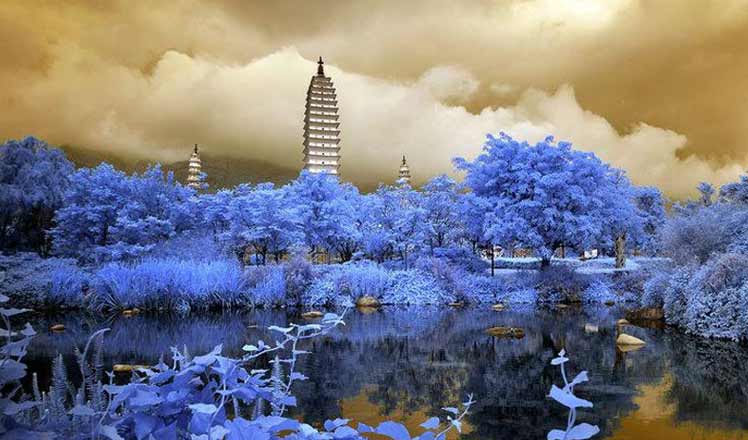
 Iconic pagodas turn into a dreamland in infrared photos
Iconic pagodas turn into a dreamland in infrared photos
 Mass yoga events ahead of International Yoga Day
Mass yoga events ahead of International Yoga Day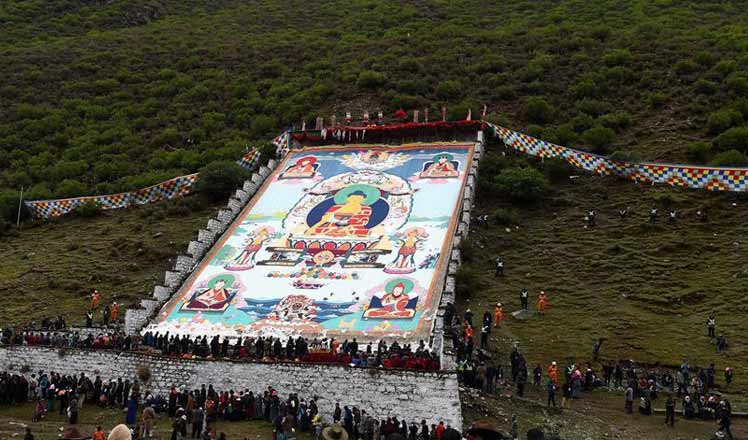
 Thangka worship activity held in Lhasa
Thangka worship activity held in Lhasa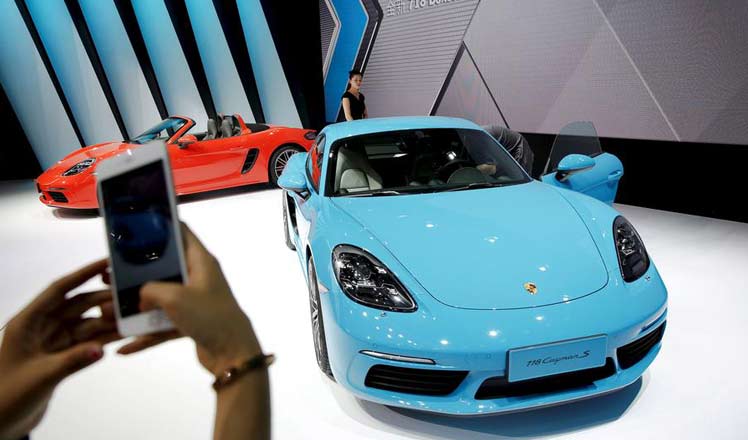
 Top 10 most valuable car brands in the world
Top 10 most valuable car brands in the world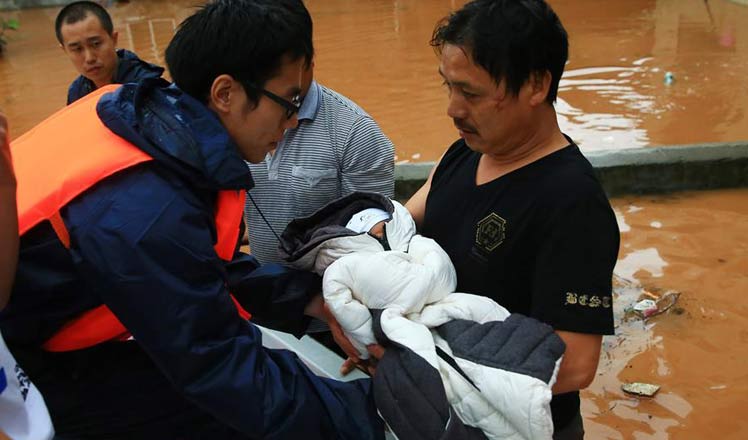
 Floods cause havoc across south, central China
Floods cause havoc across south, central China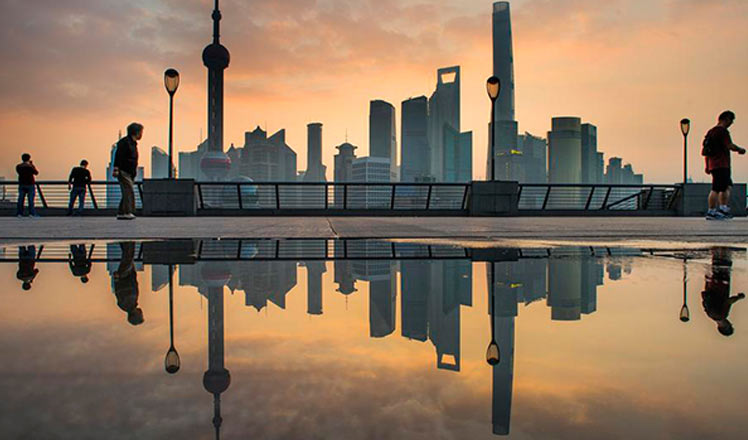
 Top 10 Chinese cities with highest housing rent
Top 10 Chinese cities with highest housing rent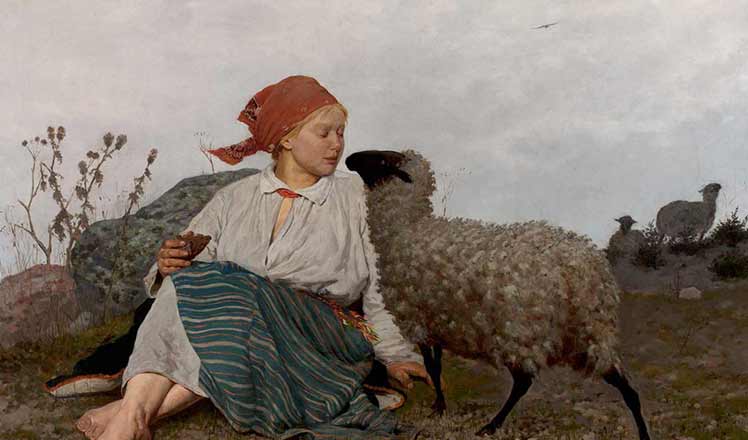
 Polish art rediscovers its roots
Polish art rediscovers its roots
Most Viewed
Editor's Picks

|

|

|

|

|

|
Today's Top News
Abe's blame game reveals his policies failing to get results
Ending wildlife trafficking must be policy priority in Asia
Effects of supply-side reform take time to be seen
Chinese State Councilor Yang Jiechi to meet Kerry
Chinese stocks surge on back of MSCI rumors
Liang avoids jail in shooting death
China's finance minister addresses ratings downgrade
Duke alumni visit Chinese Embassy
US Weekly

|

|
